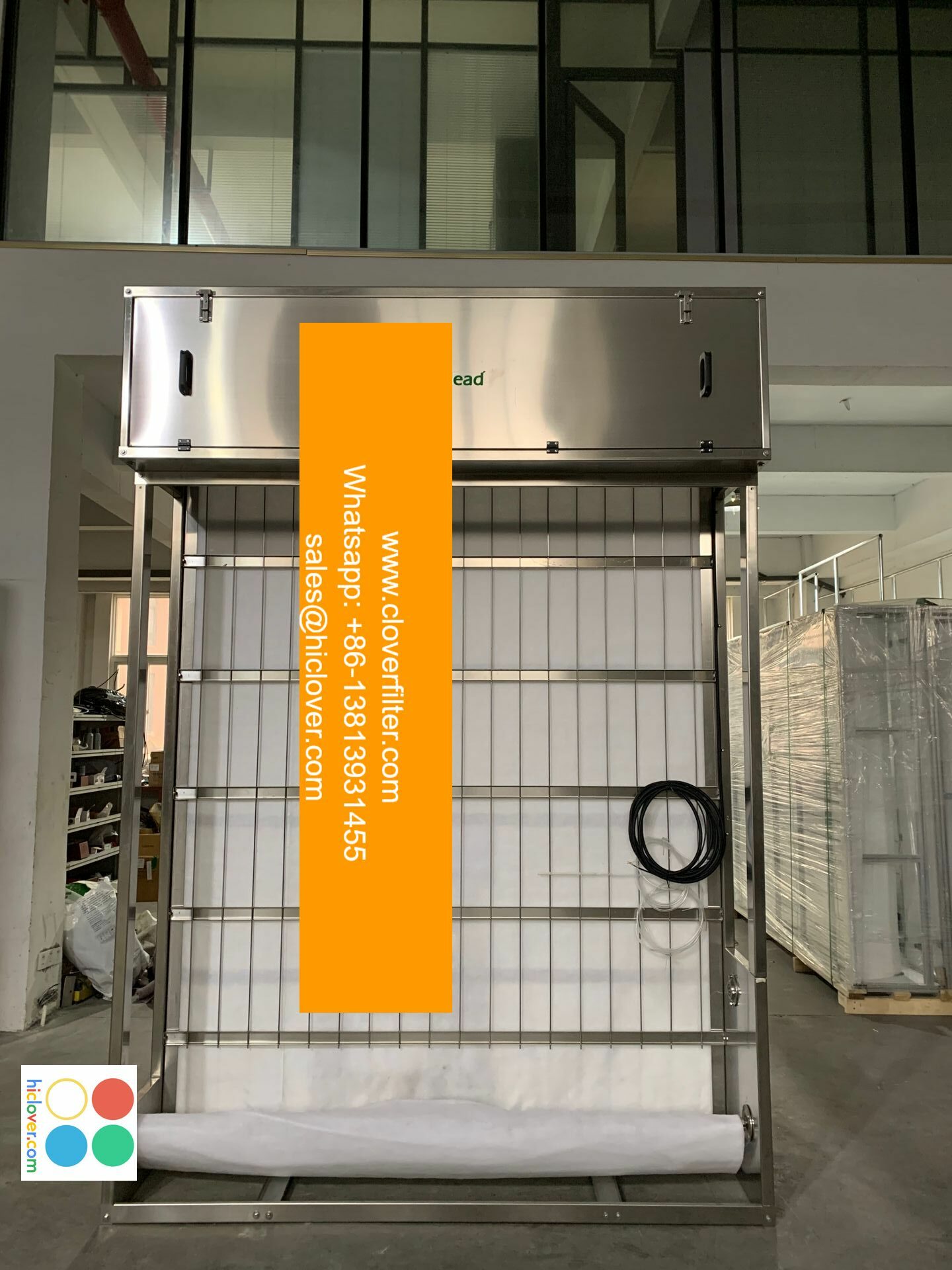Air Filter Regulations and Public Policy

Air filter regulations and public policy play a crucial role in maintaining indoor air quality, reducing pollution, and promoting public health. With the increasing awareness of the impact of air pollution on human health and the environment, governments and regulatory bodies are implementing stricter air filtration standards and indoor air quality guidelines to ensure the use of high-efficiency air filters and clean air technologies. In this article, we will discuss the current state of air filter regulations, public policy, and their applications in various industries.
Overview of Air Filter Regulations
Air filter regulations vary by country and region, but most regulatory bodies require the use of air filters that meet specific filtration efficiency standards, such as HEPA filters or ULPA filters. These standards ensure that air filters can capture particulate matter, gases, and volatile organic compounds that can cause respiratory problems and other health issues. For example, the United States Environmental Protection Agency (EPA) sets standards for indoor air quality and requires the use of air purifiers and ventilation systems that meet specific air filtration standards.
Public Policy and Air Filter Regulations
Public policy plays a significant role in shaping air filter regulations and promoting the use of clean air technologies. Governments and regulatory bodies can implement policies that encourage the development and use of high-efficiency air filters, such as tax incentives or grants for companies that invest in air filtration research and development. Additionally, public policy can promote public awareness of the importance of indoor air quality and the benefits of using air filters and air purifiers.
Application Areas of Air Filter Regulations
Air filter regulations have various applications in different industries, including:
- Healthcare: Air filter regulations are crucial in healthcare settings, such as <b*hospitals and clinics, where sterile air is essential to prevent the spread of infections and diseases.
- Industrial: Air filter regulations apply to industrial settings, such as manufacturing facilities and warehouses, where air pollution can be a significant concern.
- Commercial: Air filter regulations are relevant to commercial buildings, such as offices and shopping centers, where indoor air quality can impact occupant health and productivity.
- Residential: Air filter regulations also apply to residential settings, such as homes and apartments, where indoor air quality can affect respiratory health and wellbeing.
Emerging Trends and Technologies
The air filter industry is constantly evolving, with emerging trends and technologies that can improve air filtration efficiency and indoor air quality. Some of these trends and technologies include:
- Nanofiber air filters: These filters use nanofibers to capture particulate matter and gases at the nanoscale.
- UV-C air purifiers: These purifiers use ultraviolet light to neutralize bacteria, viruses, and other microorganisms.
- Smart air filters: These filters use sensors and machine learning algorithms to monitor and optimize air filtration performance.
In conclusion, air filter regulations and public policy play a vital role in promoting indoor air quality and public health. As the air filter industry continues to evolve, we can expect to see emerging trends and technologies that improve air filtration efficiency and indoor air quality. By understanding the current state of air filter regulations and public policy, we can work towards creating a healthier and more sustainable environment for future generations.
Prompt

